The Wingender Family Pottery Of Haddonfield, N.J. A Brief History Of The Operation
By Justin W. Thomas - November 01, 2024
The Wingender family name is synonymous today with red earthenware and stoneware production in the southern New Jersey and Philadelphia region from the late 19th into the early 20th century. To get a better understanding of this business, the utilitarian pottery production that preceded this companys existence in Haddonfield, N.J., should be examined. Based on advertising from the Wingender Pottery in 1910, the company promoted itself as having been a continuation of previous potteries in Haddonfield, which they cited began as early as 1750. This 18th century production was very likely red earthenware and likely had a Philadelphia or southeastern Pennsylvania influence. Specifically, the original site that the Wingenders established their business on in Haddonfield did retain a rich history of pottery production. The original pottery was built in 1805 and owned by John Thompson, who purchased it on April 30 of that year from Charles French and John Brick, executors of the estate of Elizabeth Hinchman. But around a decade later, Thompson sold the pottery business and property to Thomas Redman Jr. Redman then sold the business to two brothers, Jacob and David Roberts; however, upon the death of Jacob Roberts, Redman and John Gill, his executors, jointly with David Roberts, sold the estate to Richard W. Snowden before 1820. Snowden hadoriginallyworked and learned the pottery trade from John Thompson. The Snowden family then produced red earthenware and possibly some stoneware on this property until 1883, when the business was leased to Barton Rixon, a former employee of the Snowdens. Rixons company did not last long, with the Wingenders establishing their business in 1890. The Wingender Pottery William (1862-1915) and Charles Wingender (1856 to ca. 1823) were both German trained potters. William had studied at a ceramics school in Hoer bei Koblenz, Germany and migrated to theUnited States in 1880, whileCharles also learned his trade in the stoneware potteries in Hoer bei Koblenz and arrived in America a year later in 1881. The brothersinitiallysought outemploymentat Richard C. Remmeys (1835-1904) pottery in Philadelphia in the 1880s, before establishing their own business in Haddonfield, located just across the Delaware River. There are accountssuggestingthey established their business because they desired creativefreedomin what they produced. The Haddonfield business was really a throwback to potters migrating to America in the 17th and 18th century, where they brought with them the potters craft that they learned in their home countries/regions. It was no different with the Wingenders, who may have also been influenced by Remmey. For instance, both companies made stoneware pitcher and mug sets, among other similarities in production. According to an article written by Edwin Atlee Barber (1851-1916) of the Philadelphia Museum of Art for Volume XXV of The Clay-Worker in February of 1896, titled, Some Recent German-American Stoneware, The Wingender brothers devoted themselves to the development of ornamental stoneware, in addition to the manufacture of the usual line of goods for household purposes. Some of their current work includes the ornamentation of mugs, jardinieres and pitchers, water coolers, large ice jugs of different sizes and Toby ale jugs. They were in the process of manufacturing some of the finest stoneware ever produced in America. One of the beer mugs produced in Haddonfield is entirely covered with an elaborate relief design representing the Battle of Teutoburg Forest, which took place in September of the year 9 A.D., when Quinctillius led the Roman troops against the Germans. The spirited design was originally used at the Hoer bei Loblenz factory but had been remodeled for use at the Haddonfield Pottery. Barber and the Philadelphia Museum of Art were able to acquirestoneware immediately after it was made, along with some special production requests. There are also some objects and artifacts known today in a private collection that descended through Wingender family ownership until the latter part of the 1900s, which includes potters tools and a group of photographic plates documenting a variety of stoneware and red earthenware forms made by the Wingenders. In 1904, the Wingenders abandoned the property for a new location, where the company remained until the 1940s. Additionally, a firsthand account of this business was published in 1910 in a booklet written by Sarah Crawford Hillman, titled, Historical Sketch of Potter Street in Haddonfield, New Jersey.According to Hillman, The new building is situated on Lake Street, near the western limits of the borough. It is a prosperous business with plenty of orders in advance. They manufacture Plain and Ornamental Stoneware, and Red Earthenware, and are importers of High-Grade Ivory-glazed Mugs and Tankards. Of the salt-glazed blue stoneware, the articles made include butter-pots, jars, jugs, pitchers, water-coolers, vases, etc. Of the red earthenware, they made pipkins, bean-pots, stove-pipe collars, pie-plates, hanging baskets, flower-pots, garden vases, etc., and casseroles, the stew pans, seen at Wanamakers (department stores located in Philadelphia and New York City in the early 1900s). Metallic cooking vessels being no longer used by hotels and restaurants, there is a great demand for casseroles. These are sauce-pan-shaped red earthenware vessels, varying in size, from three to eleven inches in diameter, with a simple glass glaze on the inside. So increasing is the demand for this specialty, that it is difficult to keep the trade supplied. This firm now manufactures flowerpots by machinery, which enables them to turn out hundreds in the same time, than could possibly be done by the hand molding process. The Haddonfield Pottery as mentioned above sold to department stores in Philadelphia and New York City, and also sent orders to Chicago. The Wingenders formerly lived on the corner of Fowler Avenue, where they also had a store for the display and sale of their wares: this method of advertising added immensely to their trade. Some additional interesting facts about the Wingender Pottery is that according to the 1910 United States Federal Census, Charles wife,Frances Wingender (b. 1864), was listed as a pottery decorator at the business. Other records reveal that some other unrelatedmigrant German potters had come to America and were working for the Wingenders. This business was essentially entirely made up of migrant German potters and their families. Furthermore, it may not be well-known today, but after William died in 1915 and Charles passed away about 1923, the pottery factory continued to operate through family ownership. Williams son,William O. Wingender (1901-55), who was born in New Jersey in 1901, is first listed as a 19-year-old potter in the 1920 United States Federal Census. He is eventually listed as the proprietor of the Haddonfield company, which according to published advertising was still manufacturing stoneware and red earthenware as late as 1945. The Wingender Pottery eventually ceased production in 1950. Sources Barber, Edwin Atlee. Some Recent German-American Stoneware. The Clay-Worker, February 1896. Hillman, Sarah Crawford. Historical Sketch of Potter Street in Haddonfield, New Jersey.Haddonfield, N.J.: Haddon Gazette Press, 1910.

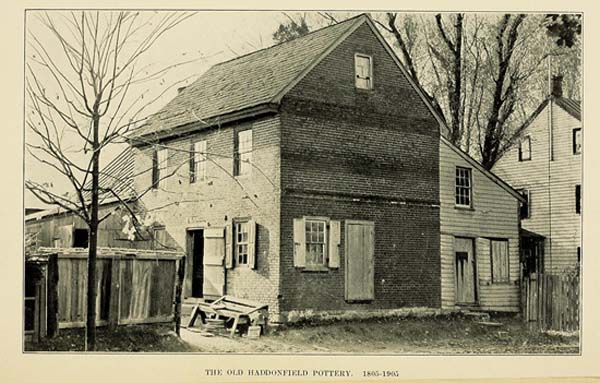
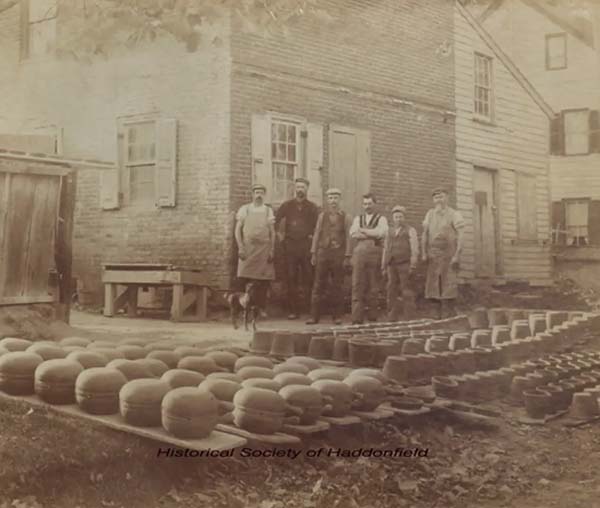
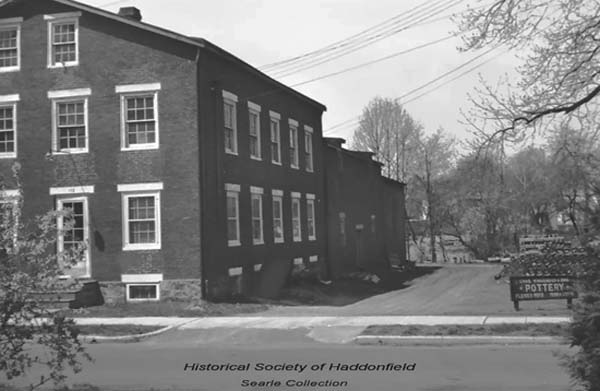


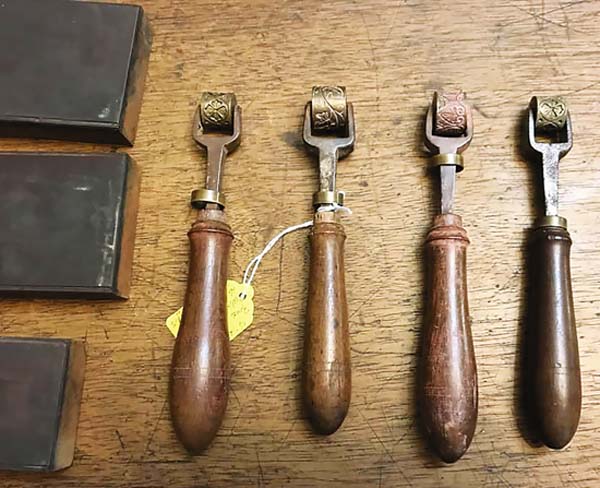

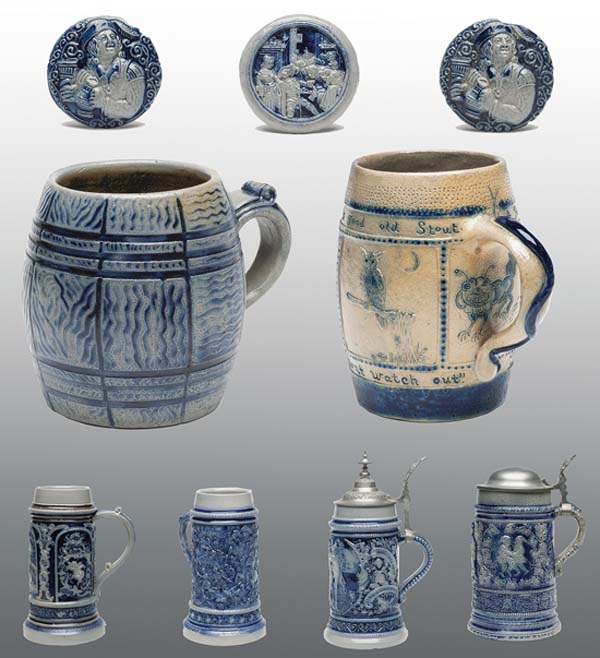
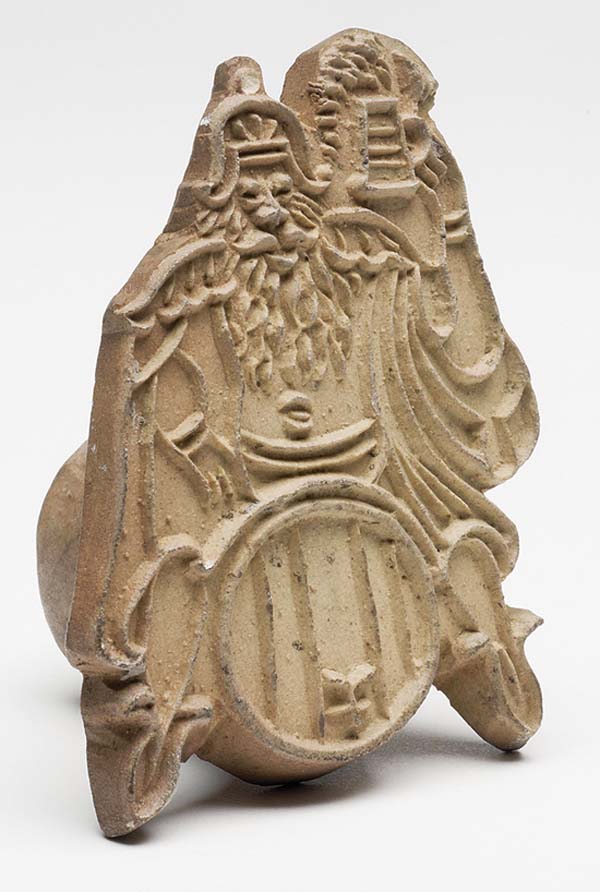

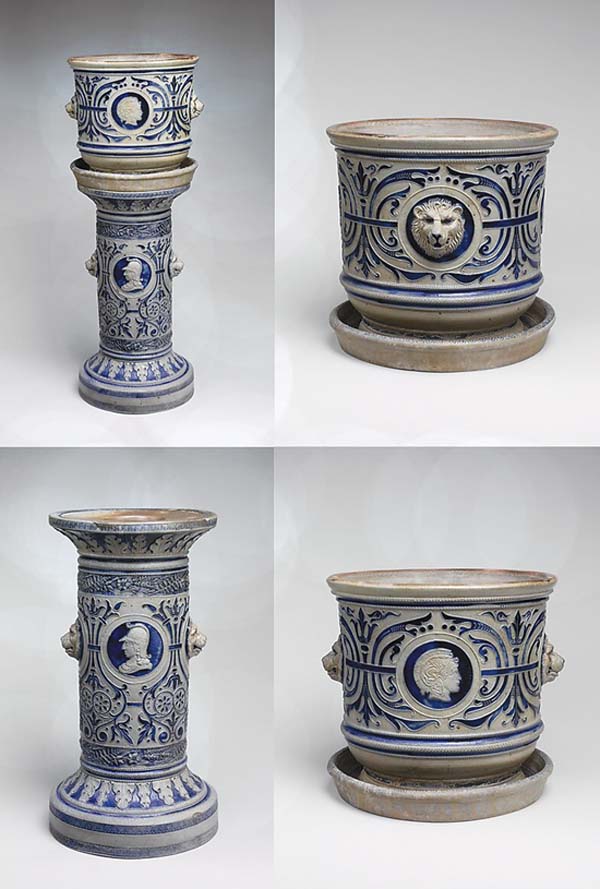

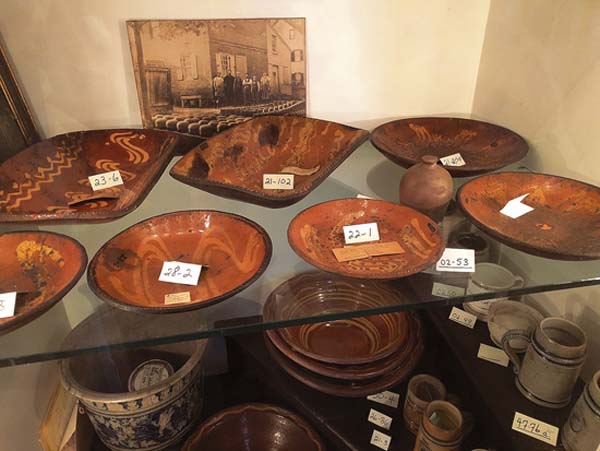

SHARE
PRINT